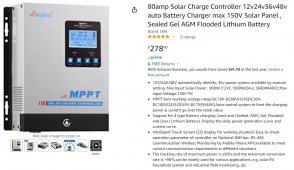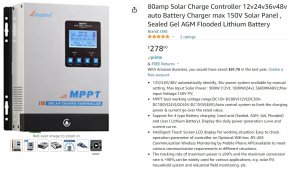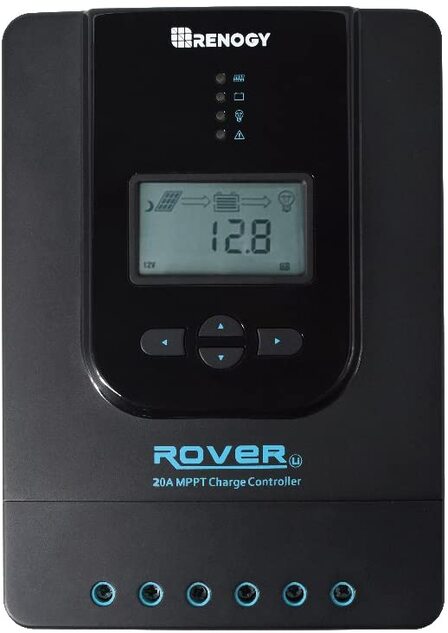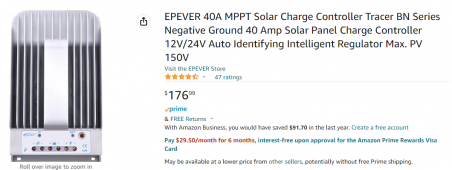Here is some simple math using Ohms law. If your panels can produce up to 37.6V at 5.32Amps that equals 200 watts. V x A = W. The MPPT will reduce the voltage to that of your battery but it will keep the Watts output the same. That means it will have to increase the Amp output. So even if you are only getting 170 Watts per panel at let’s say 34 Volts, the panels will be producing 5 amps each. However, if your battery is at 24 volts, the MPPT will decrease the voltage to 24 and increase the Amperage to keep 170 Watts. That means your output per panel from the MPPT will now be closer to 7.1 amps per panel(170/24). Now multiply that by 10. As you can see, you will hit the 60 amp threshold of the CC pretty quickly with only 85% of the panels actual capability. Hope this helps you to understand what a MPPT controller does and why 60 amps wasn’t going to cut it.







